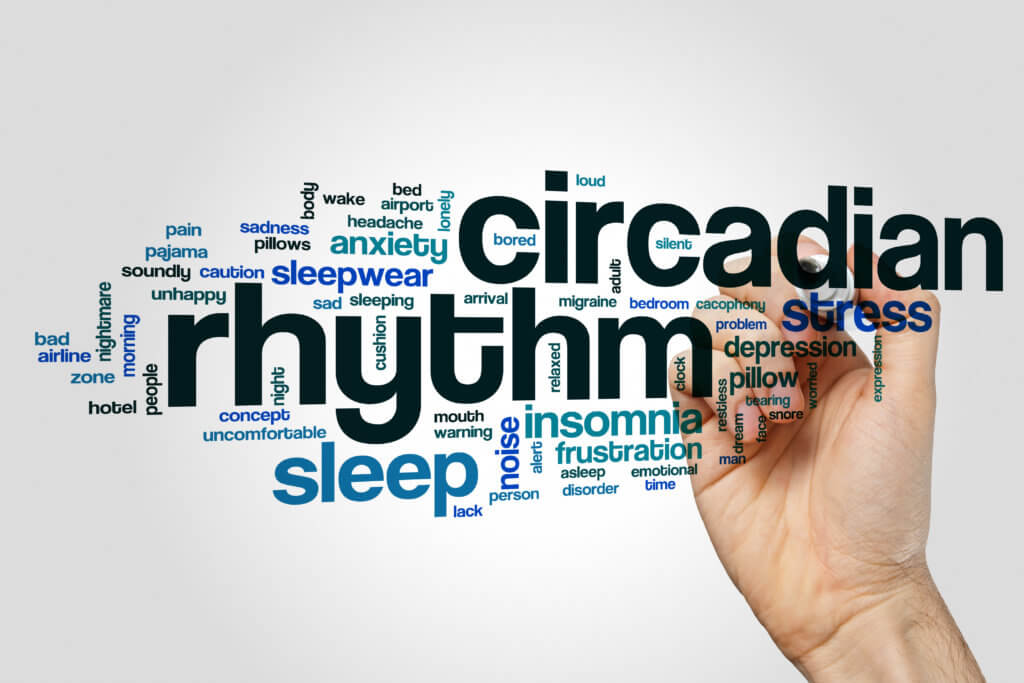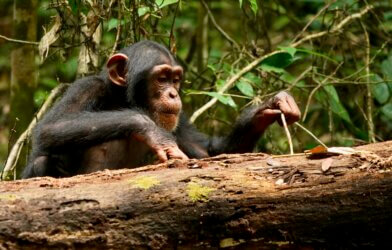Every day is a “day” for something. For example, July 1st is National Gingersnap Day, International Joke Day, and Zip Code Day. July 2nd is I forgot Day, World UFO Day, and Hop-a-Park Day. If you’re fascinated by the biological clock, there’s a day for that too! Yes, April 28 is known as Biological Clock Day. Researchers from the Institute for Molecular Science in Okazaki, Japan will surely be celebrating following some fascinating research of theirs. The team has examined the workings of the biological clock of cyanobacteria and now better understand what drives its circadian cycle.
The biological clock, also called a circadian rhythm, refers to internal, 24-hour cycles of sleeping and waking that occur in organisms, whether fungi, bacteria, or humans. These biological clocks in organisms are composed of proteins.
Scientists focused their research on KaiC, the clock protein that regulates the circadian rhythm in cyanobacteria. These bacteria are found in salt and fresh waters, soils, and rocks, often with blue-green algae. The cyanobacterial circadian clock is the simplest circadian clock, yet it is still a very complex system that can provide scientists with clues to the working of all circadian clocks.
The team examined the structural basis for allostery, the complex changes that occur in shape and activity of the KaiC protein in the cyanobacteria; these changes drive the cyanobacterial circadian clock.

“Because proteins are composed of a vast number of atoms, it is not easy to understand the mechanisms of their complicated but ordered functions. We need to trace the structural changes of proteins patiently,” explains Yoshihiko Furuike, an assistant professor at the institute, in a statement.
Looking ahead, the research team can see their findings having wider applications. Mammals, insects, plants, and bacteria all have their own clock proteins with distinct sequences and structures. “However, the logic behind the relationship between KaiC dynamics and clock functions can be applied to other studies on various organisms,” says Furuike.
The research paper is published in the journal Science Advances.












